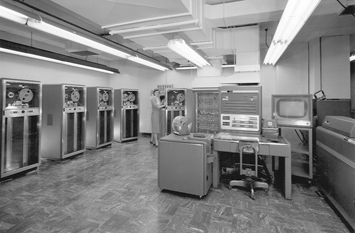When I was younger, my mother used to tell me that the months ending in "-ber" (i.e. September until December) are rainy season here in my part of the world. However, as time went by, it changes. We would have rainy seasons earlier than usual. Furthermore, the weather intensity has increased too! Sunny days can become very hot, while it can rain cats and dogs daily during the rainy seasons.
 Heavy rain
Heavy rain
Now, what does climate action has to do with all of this? Over the decades, human activities have increased greenhouse gases, which in turn make the planet warmer. In return, we can see first-hand how temperature continues to rise with droughts and heatwaves becoming not often. Not only heat, we saw that hurricanes become stronger and more intense. Furthermore, with the melting of ice, we could expect an increase in sea level in the coming decades. The Intergovernmental Panel on Climate Change, which includes thousands of scientists from all around the world, published special reports over some time. The latest report shows cases the physical science aspect of things.
 Change in global surface temperature (Attribution: SPM 1, IPCC Sixth Assessment Report WG1)
Change in global surface temperature (Attribution: SPM 1, IPCC Sixth Assessment Report WG1)
Here is a statement which they released last August:
Many changes due to past and future greenhouse gas emissions are irreversible for centuries to millennia, especially changes in the ocean, ice sheets, and global sea level.
Shocking right? So how can we use technology to help solve climate action?
One of my professors, who is one of the lead authors for one of the IPCC working groups, once told me a fun fact. In the world of climate modeling, there is still a piece of technology they used. Fortran. It was, and still is, a very suitable programming language for scientific computing. There are many climate models made decades ago using Fortran which is still operational today, and it will continue to work decades from now.
Here's another fun fact, Fortran was created for the IBM 704. The predecessor of the IBM Z we know and love today! We also still have Fortran compiler on IBM Z. It's astonishing how deeply ingrained IBM Z and its predecessor are in the technology that we still use today.
 IBM 704 (Attribution: Lawrence Livermore National Laboratory)
IBM 704 (Attribution: Lawrence Livermore National Laboratory)
But using technology for climate modeling is not the only thing we can do. Other uprising technologies show great promises in many other aspects too. Carbon capture and storage is one aspect. Some companies use technology to capture CO2 and store it elsewhere. Additionally, power generation is another area where technology shines. Nuclear powerplant? That's filled with science and technology. Electric vehicle? Even more!
Is technology enough? I'm afraid the answer to that is no. Technology can play a role in solving our climate problem. But we need to consider the social science aspect. Public policy played a huge role in climate action. To quote what my professor said, they can spend days on IPCC meetings to carefully consider each word on the Summary for Policymakers published as part of the IPCC reports. Communication to the public also matters. Scientists and technologists need to consider the word they use as they may have different meaning for the public. For example, to scientists "aerosol" would mean the suspension of fine solid particles in air, but for the public, they would likely associate the word with your spray cans.
So what can we do? If you are tomorrow's leader, please keep the science of things in mind when you become a leader. Decisions should be based on science. For everyone else, when you have the rights to do so, vote. Choose the leaders that reflects your voice, that can bring changes which would benefit everyone. When climate action is concerned, this is more than just a single country's issue. It's the issue of the whole wide world.
Learn more about SDG13 Climate Action: https://sdgs.un.org/goals/goal13
Learn more about Climate Change: https://climate.nasa.gov/